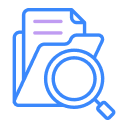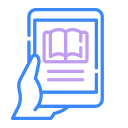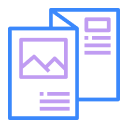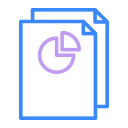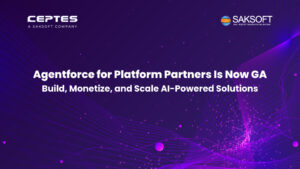“My Salesforce data storage is full. So, I need to back up my data to optimize storage.”
We often hear this from people.
Over the years, we’ve come across a large number of Salesforce users who wrongly took the point about Salesforce data archiving and backup. They use the terms data ‘archiving’ and ‘backup’ interchangeably in the context of cloud storage by assuming that both are synonymous with each other and perform similar actions.
But it’s not. Data archiving and backup in Salesforce are like chalk and cheese. Although they both secure your production data for future use, they don’t share any similarities other than this.
In this article, we will uncover the differences between Salesforce data archiving and backup, why they are essential for your growing business, and the best ways to archive and back up your Salesforce data.
Salesforce Data Archiving – the Cut & Paste

In simpler terms, Salesforce data archiving is the process of moving your unused Salesforce data from Salesforce data storage to your preferred location (internally or externally). Upon archiving, you can retain your essential data for a longer period of time for future requirements or to follow compliance guidelines. In most cases, the purpose of data archiving is to optimize your Salesforce data storage space and to meet legal compliance requirements. With the optimization of the data storage space, enterprises look forward to improving the app’s performance and enhancing the productivity of the users.
Salesforce Data Backup – the Copy & Paste

Unlike Salesforce data archiving, Salesforce data backup is the process of creating an accessible copy of your Salesforce records without changing or removing the original records. The main purpose of backing up your Salesforce data is to protect the data against all possible threats such as accidental deletion, cyberattacks, and natural disasters. Having your Salesforce data and metadata backed up, you can easily restore it to the production environment in the event of data loss. A comprehensive data backup strategy demands a full backup of your data, metadata, scheme, and attachments. Remember, backups should be retained as long as the information is stored and actively utilized within your Salesforce org.

Why Do You Need Salesforce Data Archiving and Backup?
It’s clear that Salesforce data backup and archiving serve different purposes. Now, the question is does your business need both?
If you’re a data and storage-heavy business, the wise choice is ‘YES.’ Let’s look into some reasons to embrace both data management strategies in Salesforce:
- Low Cost: A powerful and reliable Salesforce backup and data archiving solutions that is cost-effective can help you save the money that needs to be spent on buying additional data storage space and a data protection tool.
- Compliance: Salesforce data backups and archives help you meet stringent compliance guidelines as they safeguard your data and retain it for a long period of time.
- Ease of Use: A robust and reliable Salesforce data archive and backup strategy make it easier to access your data to overcome any issues, and meet the budget and timeline that you and your clients desire.
- Data Protection: A data archive and backup solution will ensure strong security for your Salesforce data so your business will never fall behind.
Salesforce Data Archiving and Backup: The Most Recommended Options
Now that you’ve understood the necessity for considering Salesforce data archiving and backup in your data management strategy, you need to know the best backup and data archiving solutions that can deliver potential results.
- DataArchiva Native Archiving: DataArchiva’s archiving application for Salesforce is the only solution today that archives your untouched production data from Salesforce data storage to BigObjects at a native level.
- DataArchiva External Archiving: This advanced app helps you archive your inactive data from Salesforce data storage to your preferred databases such as MSSQL, MySQL, Postgres, or Redshift by leveraging your third-party cloud (AWS, Azure, Heroku, GCP) or On-premises system.
- DataArchiva Backup: With DataArchiva’s backup and recovery applications for Salesforce, you can effortlessly make a copy of your live data and metadata in SharePoint, S3, or Server by using cloud platforms such as Heroku, Azure, AWS, and Google Cloud as well as On-Premises platforms.
Conclusion
Understanding the differences between Salesforce data archiving and backup is crucial for effective data management. While archiving optimizes performance by storing inactive data, backups ensure data recovery in case of loss. A balanced strategy combining both enhances security, compliance, and efficiency, safeguarding your Salesforce ecosystem against potential risks and data disruptions. Explore more insightful blogs on Salesforce best practices here.
FAQ:
1. How does Salesforce backup protect businesses from data loss?
Backup solutions provide recovery options in case of accidental deletions, system failures, or cyber threats like ransomware.
2. Can archived Salesforce data be restored back to the live system?
Yes, archived data can often be retrieved, but the process depends on the archiving solution and business needs.
3. Does Salesforce provide built-in backup and data archiving solutions?
Salesforce offers native solutions like Salesforce Backup & Restore, but third-party tools may be needed for advanced archiving and backup capabilities.
4. What are the Salesforce data archiving best practices?
Define retention policies, use automation tools, monitor archived data access, and ensure compliance with regulatory standards.


